The beautiful neighborhood of Verdemont lies ten miles north of downtown San Bernardino. In 1925, nestled against the hills, it offered the perfect vantage point to witness San Bernardino’s growth and prosperity.

Twenty-three-year-old Bessie Jones may have wished she could get out more, but her father worked as a Santa Fe railroad section foreman and was gone all day. Bessie cared for her invalid mother, and for her four-year-old daughter. She sometimes went down the hill to the A.B.C. root beer stand on Third Street to get a cold drink and socialize.
On one of her trips in 1924, she met Jack Croft, who worked at the stand. Several years her senior, he was nice looking and easy to talk to. She sometimes used the root beer stand as an excuse to bump into him. Bessie lost track of Jack for about a year, until one Sunday, when he and a friend, Bobby Cline, stopped in front of Bessie’s home. She went out to talk with them.
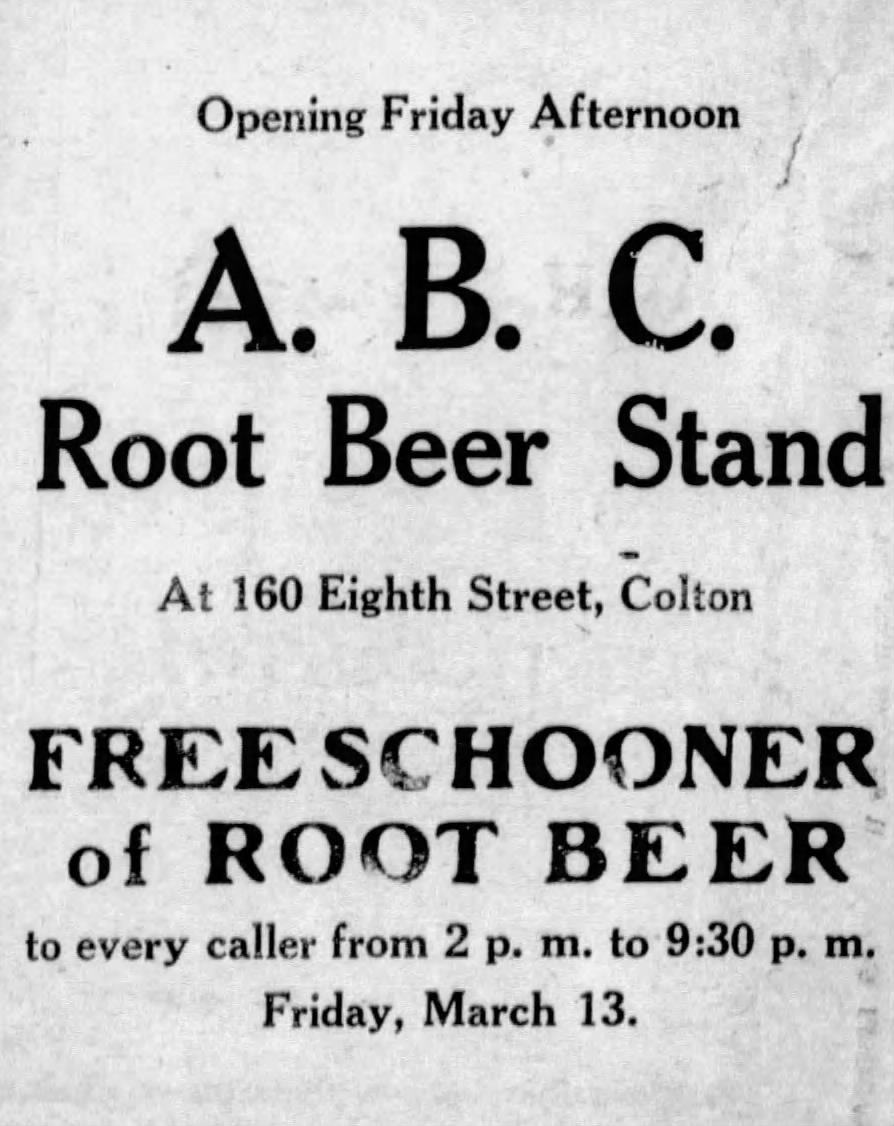
On Sunday, September 13, Bessie saw Jack outside the house talking to her father. He had a hat pulled low on his brow. At first, she did not recognize him—then he lifted the hat. He asked her what had she been doing, and she told him most of her days she spent at home with her mother and daughter. Jack said, “Let’s go down to the corner and get a coke.” Bessie told him she could only be gone for thirty minutes to an hour at the most. Jack said that was fine with him. “Go tell your folks you will be back in about an hour.”
Bessie got in Jack’s car and he drove down to the corner of Highland and Mt. Vernon, where a small grocery was attached to a soft drink place. He got out of the car and said, “I will be back in a few minutes, if you don’t mind waiting.”
Jack returned with a package of bottles. Bessie heard them clanging together. He got behind the wheel and started for Bessie’s place. When he got to Highland, he turned up a road and drove past farm houses to a quiet spot.

Jack pulled over. He took a bottle of Delaware Punch and a bottle of something that smelled like liquor to Bessie. Jack mixed them together and took a drink. He tried to get Bessie to take a sip, but she refused. She asked him to let her out of the car. He said no. He got out of the car, walked around to the passenger side of the car, and tried to pull Bessie out. She got away from him and slid under the steering wheel and hung on.
She saw a bottle at her feet and kicked it out into the dirt. Bessie faced Jack and asked him to let her go. He said, “Well, if you are really good to me.” Bessie got out and took a few steps. Jack said, “Are you coming back?” She said yes. Instead, she ran down the road as fast as she could, hoping to get to the main highway. She hit a dead-end in an orchard and turned around.
She saw the lights of Jack’s car coming and she ran. Bessie was not a match for Jack’s car. He pulled up beside her. “Bess, I’ll take you home. I will show you I am a real man. I will take you home.”
Bessie got back into the car. Jack drove down the road in the opposite direction of her home. Fed up, she demanded to be released and said she would walk home. Jack ignored her. He stopped the car and started fighting with her again. Bessie kicked, scratched, and bit him hard. He raped her. She thought he would drive away and leave her in the dirt. He did not. Bessie told him she would cause him trouble. He laughed and said a woman cannot cause a man any trouble.
Bessie got back into the car, and Jack headed toward her home. She told him he would have to explain to her parents, if they were still awake, why the one-hour trip to the root beer stand had turned into hours. He agreed. He would say he blew a tire.
When they pulled up in front of the house, Bessie ran inside. Bessie told her mother Jack “insulted” her in a nearby wash. She said, “I’ll fix him so he will never insult another woman if I can help it.” She grabbed her father’s gun and ran outside.
Jack sat in his car with the door open. Sneering, he asked, “Is your father asleep?” Bessie lifted gun and pulled the trigger. She said, “I fired at him. I only meant to hurt him for what he had done to me—I didn’t mean to kill him.”

Critically wounded, Jack started the car and drove nearly 100 yards before he collapsed and died. The car crashed into a telephone pole.
San Bernardino deputy sheriffs arrested Bessie while they investigated further. They also needed the coroner’s jury report. Before the jury convened, deputies learned the dead man gave Bessie an alias. He was not Jack Croft. He was Albert Burress.
The coroner’s inquest was surreal. Bessie sat fewer than 20 feet from Albert’s body as she testified. In fact, they asked her to identify him as the man she shot. From the stand, Bessie described her growing rage as Albert drove her home following the assault. She admitted she planned to shoot him, and she was not remorseful. She said, “He got what he deserved.”
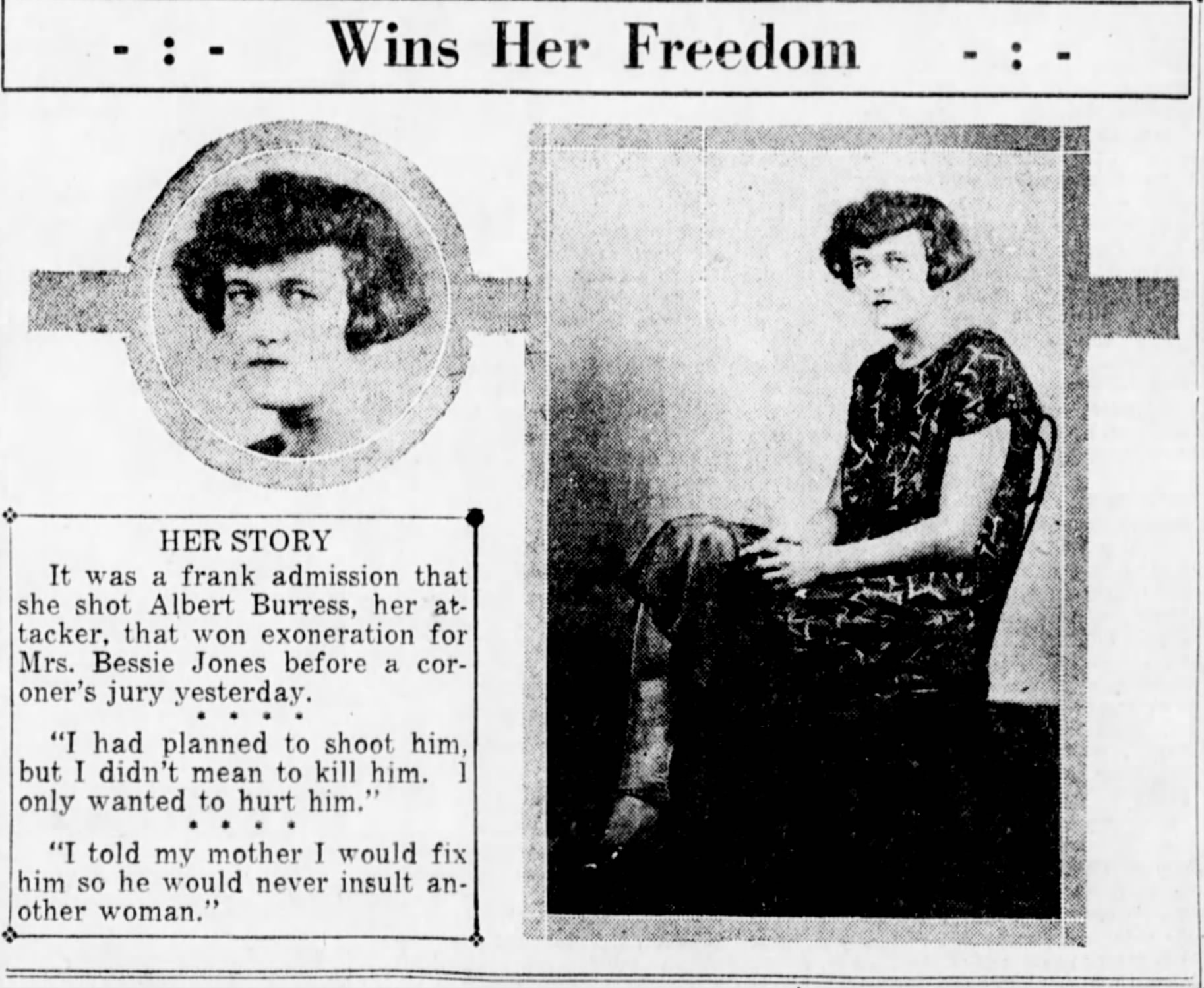
Today, Bessie might be on the hook for voluntary manslaughter. In 1925, the coroner’s jury listened with empathy to Bessie’s ordeal and reached the same conclusion as Bessie had. Albert deserved what he got. They ruled the shooting a justifiable homicide.

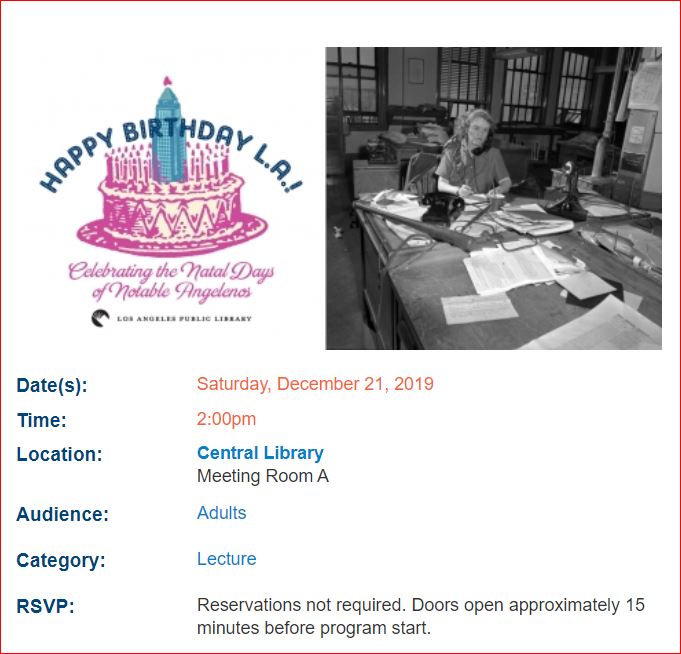
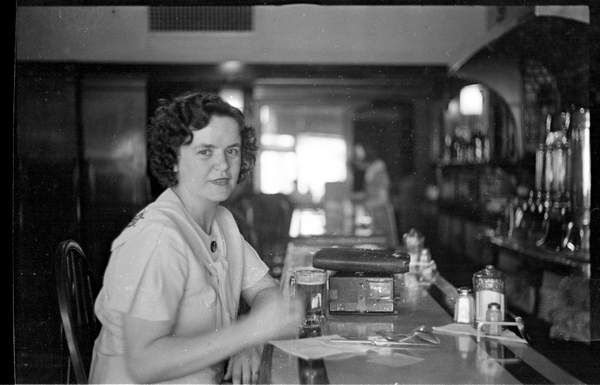
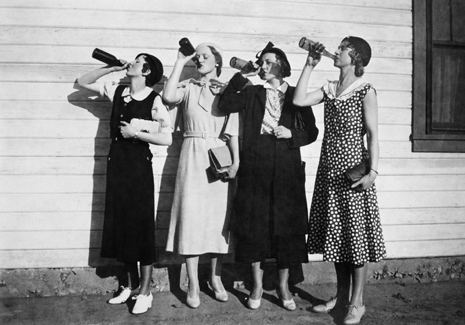
 Robert’s behavior was bizarre, and the circumstances of Marcella’s death suggested homicide—she had a single stocking knotted around her neck. The police arrested the teenager on suspicion of murder.
Robert’s behavior was bizarre, and the circumstances of Marcella’s death suggested homicide—she had a single stocking knotted around her neck. The police arrested the teenager on suspicion of murder. Judge Robert Gardner to send Robert to Atascadero for 90 days or until he could assist in his own defense.
Judge Robert Gardner to send Robert to Atascadero for 90 days or until he could assist in his own defense. vice. When he finished, he phoned the police.
vice. When he finished, he phoned the police.